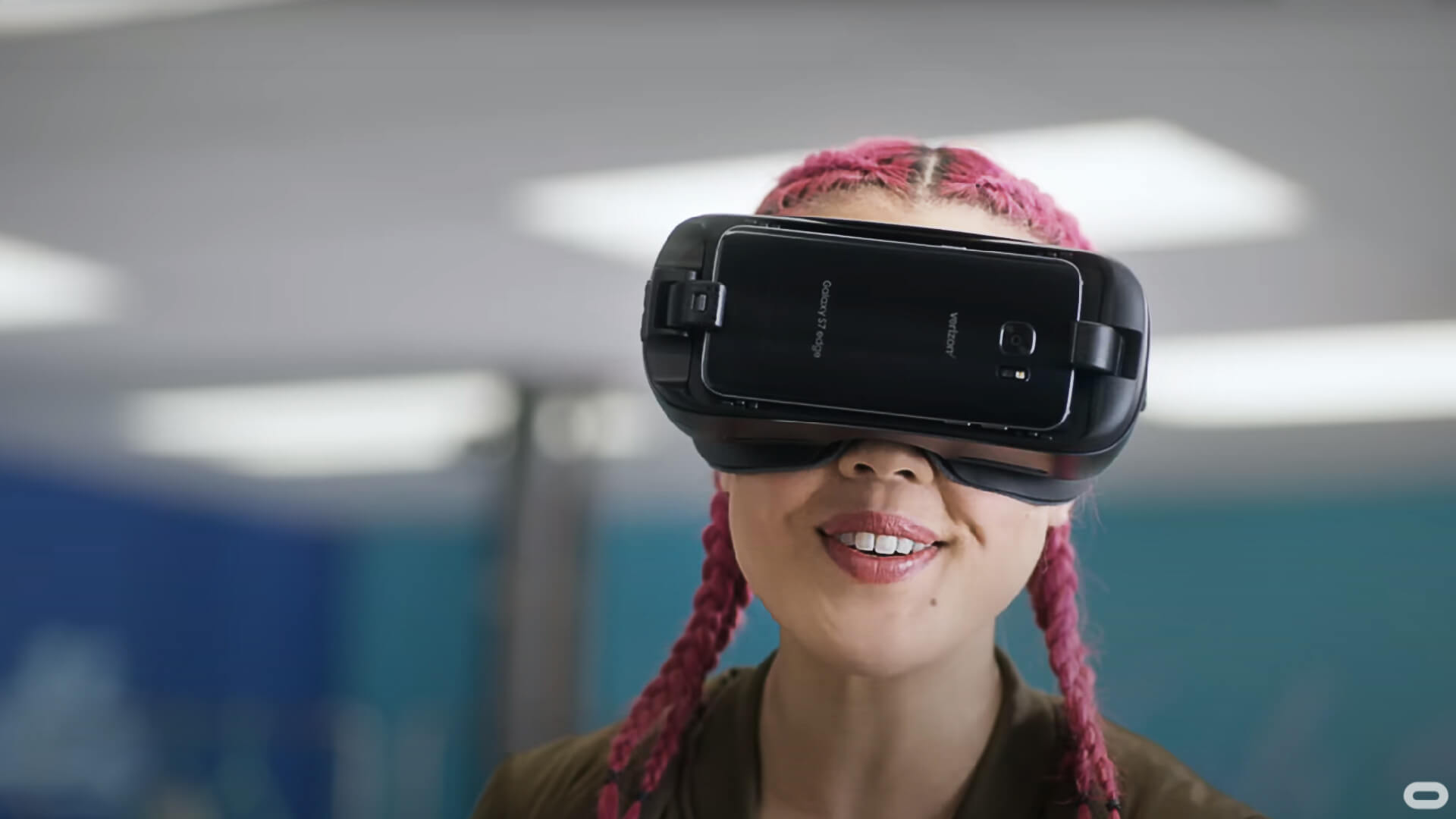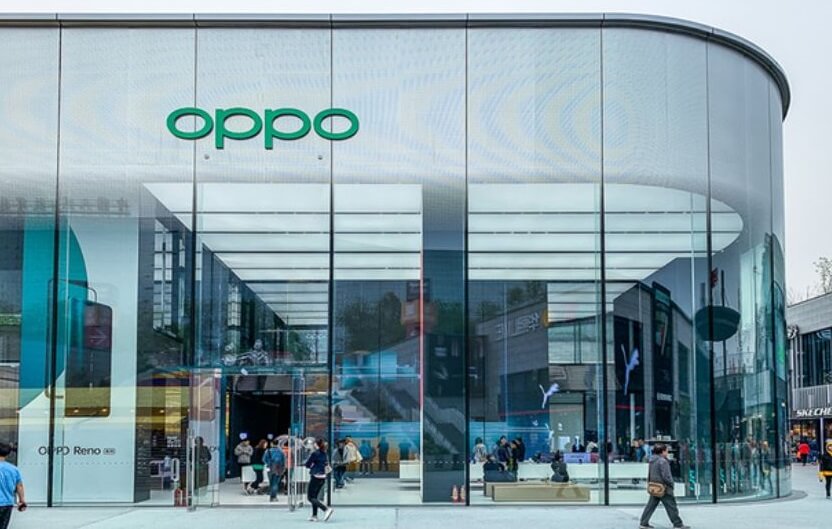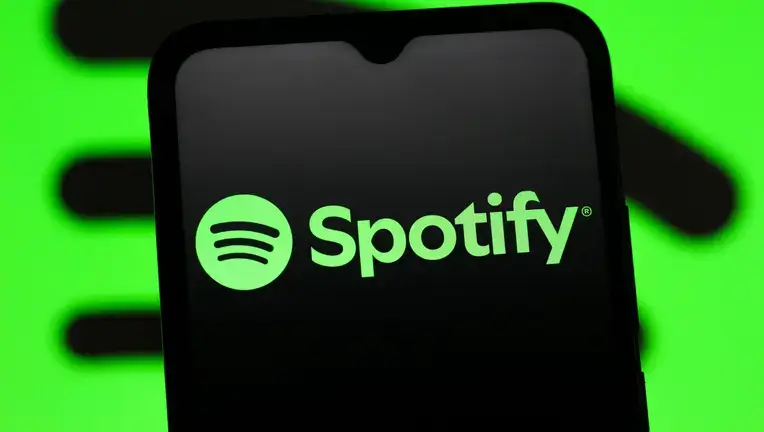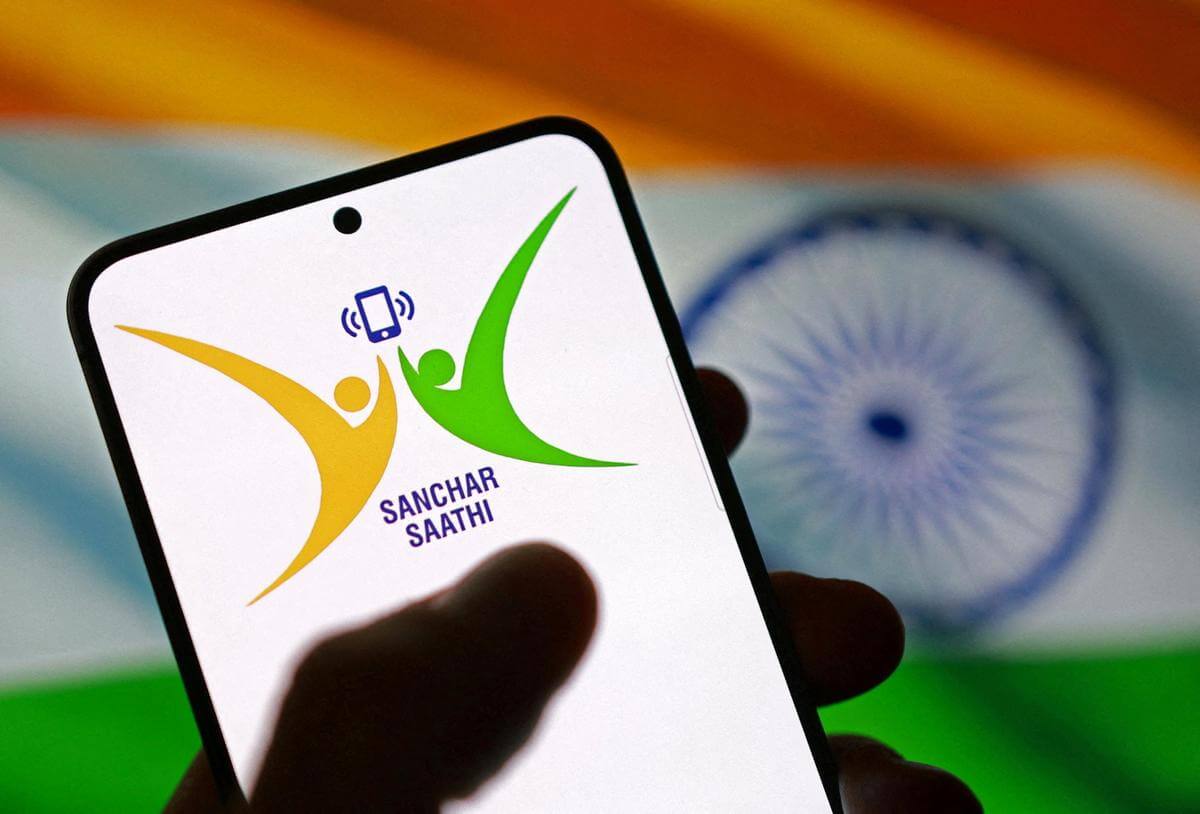Samsung is poised to make a significant impact on the virtual reality landscape with its upcoming VR headset, currently known as "Project Moohan." Expected to launch sometime in 2025, this device represents Samsung's ambitious foray into the extended reality (XR) market, directly challenging established players like Meta and Apple. This move signifies a bold step for Samsung, potentially reshaping the competitive dynamics within the VR and AR space.
The development of Project Moohan is a collaborative effort, bringing together Samsung's hardware expertise, Qualcomm's processing power, and Google's software prowess. At the heart of the headset is expected to be the Qualcomm Snapdragon XR2+ Gen 2 chip, an upgraded version of the processor found in other leading VR devices. This powerful chipset promises to deliver enhanced performance, supporting higher-resolution displays, advanced AI capabilities, and improved tracking. This partnership with Qualcomm ensures that the headset has strong performance hardware.
On the display front, rumors suggest that Samsung is partnering with Sony to integrate micro-OLED panels into the headset. These panels are expected to boast a resolution of 3,840 x 3,552 pixels per eye, a refresh rate of 90Hz, and a brightness of 1,000 nits. Such specifications would result in incredibly sharp and immersive visuals, potentially exceeding the display quality of the Apple Vision Pro. The integration of these high-resolution displays underlines Samsung's commitment to delivering a premium visual experience.
The software side of Project Moohan is equally intriguing. The headset is expected to run on Android XR, a new operating system developed by Google specifically for XR devices. This would grant users access to the vast library of apps available on the Google Play Store, opening up a wide range of possibilities for entertainment, productivity, and creativity. Furthermore, the integration of Google Gemini AI is expected to provide users with intelligent assistance and a more intuitive user experience.
Samsung's decision to enter the XR market comes at a pivotal time. While the Apple Vision Pro generated significant buzz, its high price tag and limited appeal have led to lower-than-expected sales. This creates an opportunity for Samsung to offer a compelling alternative with a more attractive price point or a broader range of features. It is also rumored that Samsung delayed the release of their device to make it a better rival to the Apple Vision Pro.
Several factors could contribute to the success of Samsung's VR headset. The company's strong brand recognition, combined with its expertise in display technology and its close collaboration with Google and Qualcomm, could give it a competitive edge. Moreover, Samsung's VR headset is expected to offer a comfortable and ergonomic design, making it suitable for extended use. The expectation of being comfortable, even for long periods of use, comes from Samsung's implementation of a new lens type that preserves great picture quality.
However, Samsung faces significant challenges in the XR market. The competition is fierce, with established players like Meta and Apple already having a strong foothold. Samsung will need to differentiate its headset through innovative features, compelling content, and a competitive price. Some reports suggest that the headset could cost as much as the Apple Vision Pro, which is around $3,500. Whether Project Moohan can compete with Apple's Vision Pro and Meta's Quest headset will hinge on its price, performance, and content.
Despite the challenges, Samsung's entry into the XR market is a welcome development. The company's resources, expertise, and ambition could help to accelerate the development of VR and AR technology, bringing immersive experiences to a wider audience. Project Moohan represents a significant step forward in Samsung's quest to become a leader in the next generation of computing.





















